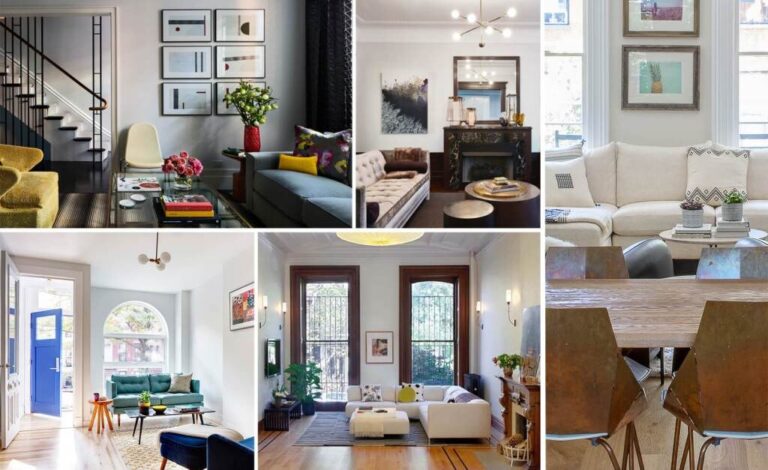In this blog, I’ll explore the different types of rooms in a house—some essential, some unexpected, and some that might just transform your home.
Ever felt like your home is missing something? Maybe a quiet office, a cozy reading nook, or a functional pantry? The right rooms can make all the difference. From must-have spaces to luxury additions, I’ll break down the rooms that shape a home and help you decide which ones you truly need.
Let’s get started.
20 Types Of Room
A well-designed home consists of various rooms, each serving a unique purpose.
From spaces meant for relaxation to areas dedicated to productivity, here are 20 essential rooms found in a house and what makes them special.
1. Entryway / Foyer
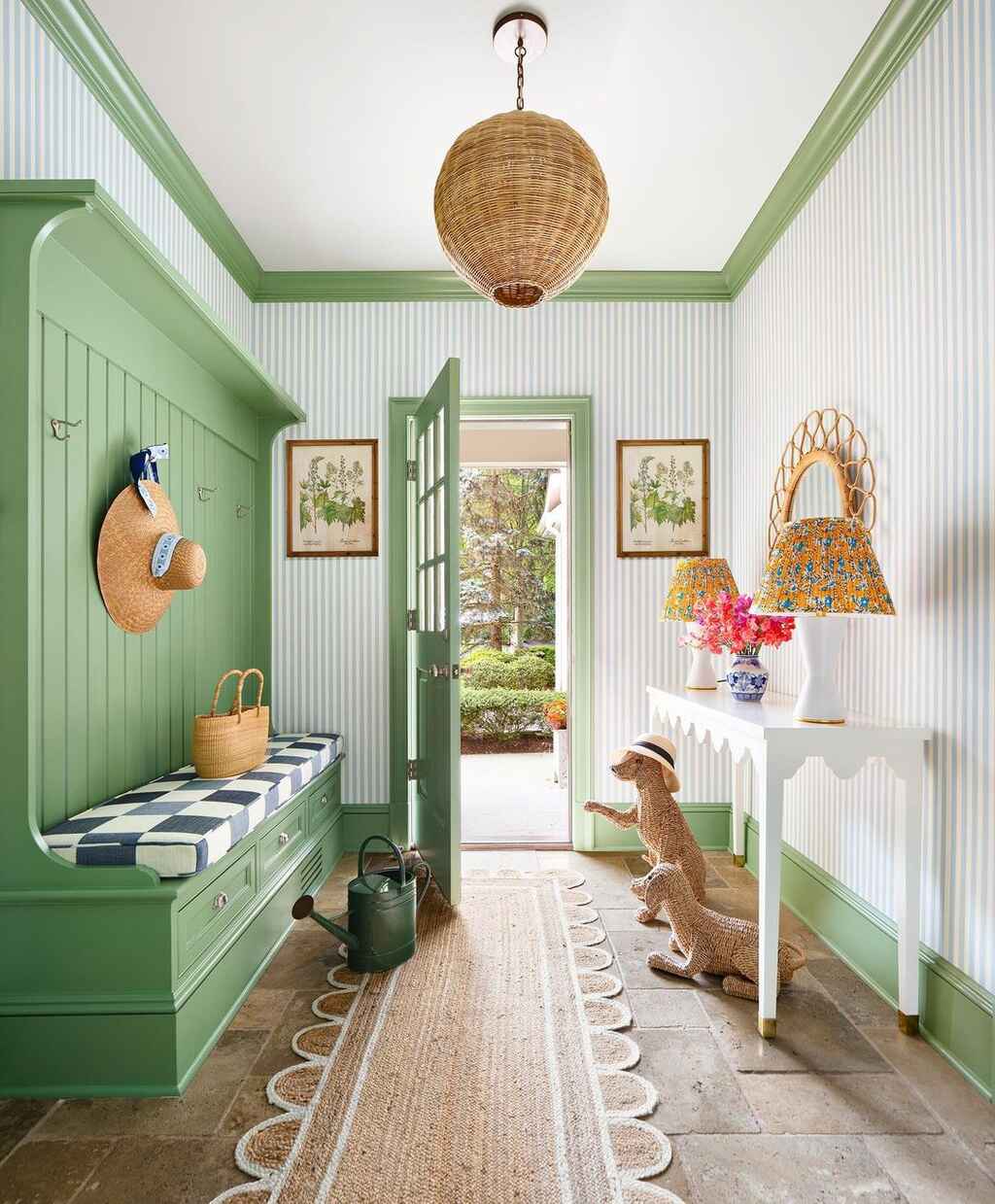
Your entryway is the first thing guests see when they walk into your home, making it one of the most important spaces to design with both function and style in mind.
This space should be inviting, well-lit, and organized to create a seamless transition from the outdoors to the indoors.
A console table is a great addition for dropping keys, mail, or decorative accents, while a mirror can make the space feel larger and allow for a last-minute appearance check before heading out.
If you have enough room, a bench with storage underneath provides a convenient spot for putting on or taking off shoes.
Wall-mounted hooks or a coat rack keep jackets and bags neatly stored, preventing clutter from spreading into the rest of the home.
2. Living Room
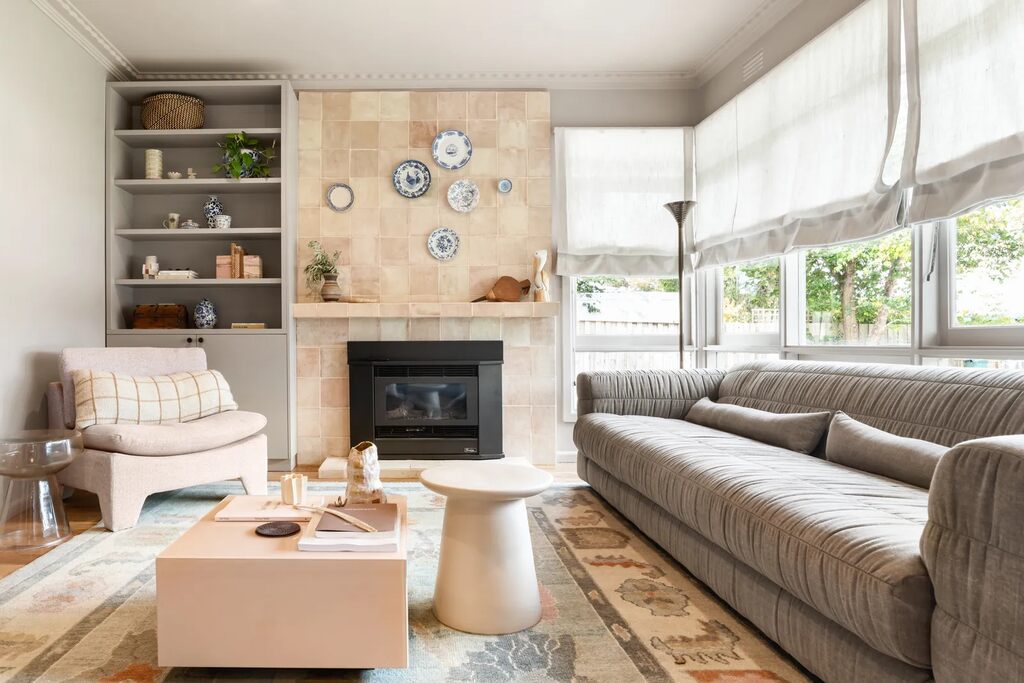
Your living room is where family and friends come together to relax, entertain, and create memories.
Whether you prefer a modern, cozy, or elegant style, the key is to make the space inviting and comfortable.
Start with a plush sofa or sectional that provides ample seating, complemented by accent chairs to create a conversational layout.
A coffee table serves as a functional centerpiece, offering space for drinks, books, and décor.
Consider layering area rugs to define the seating area, especially in open floor plans. Good lighting is essential—combine floor lamps, table lamps, and ceiling fixtures to create a warm and well-lit atmosphere.
A fireplace can serve as a natural focal point, while a gallery wall or statement artwork adds personality.
3. Family Room
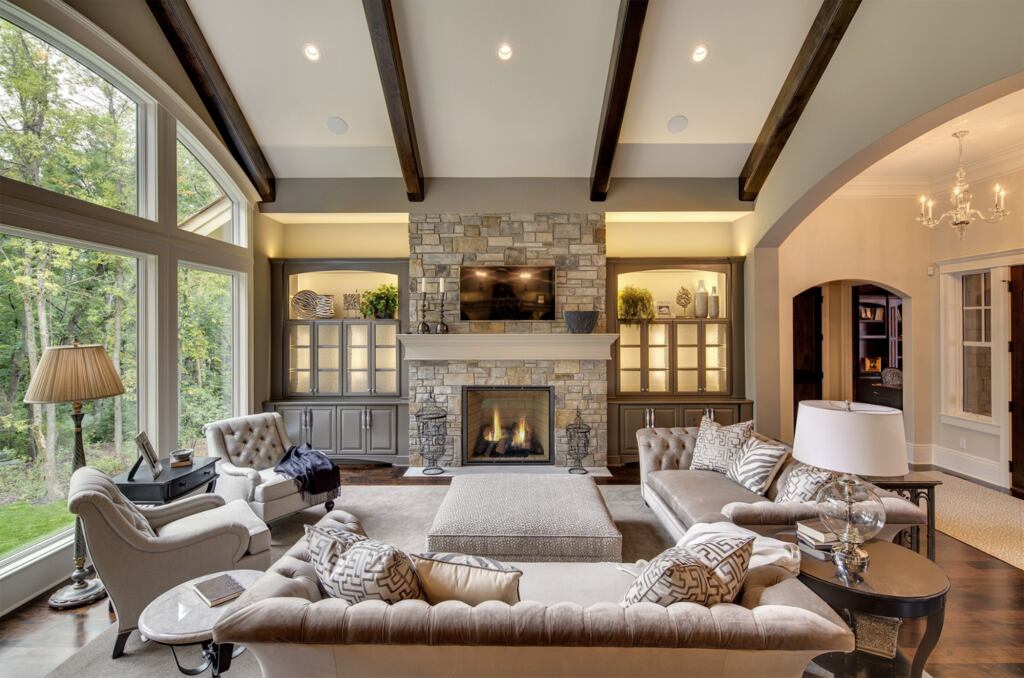
Unlike the more formal living room, the family room is a casual, comfortable space designed for everyday activities like watching TV, playing games, or simply lounging.
This room should be filled with soft, durable furniture that can withstand daily use, especially if you have kids or pets.
A large sectional sofa with plenty of cushions creates a welcoming seating area, while a TV unit or entertainment center serves as the focal point.
Consider adding a bookshelf or built-in storage to keep games, books, and toys organized.
A cozy rug and layered lighting—such as dimmable lamps and recessed ceiling lights—set the perfect ambiance for movie nights or relaxation.
4. Kitchen
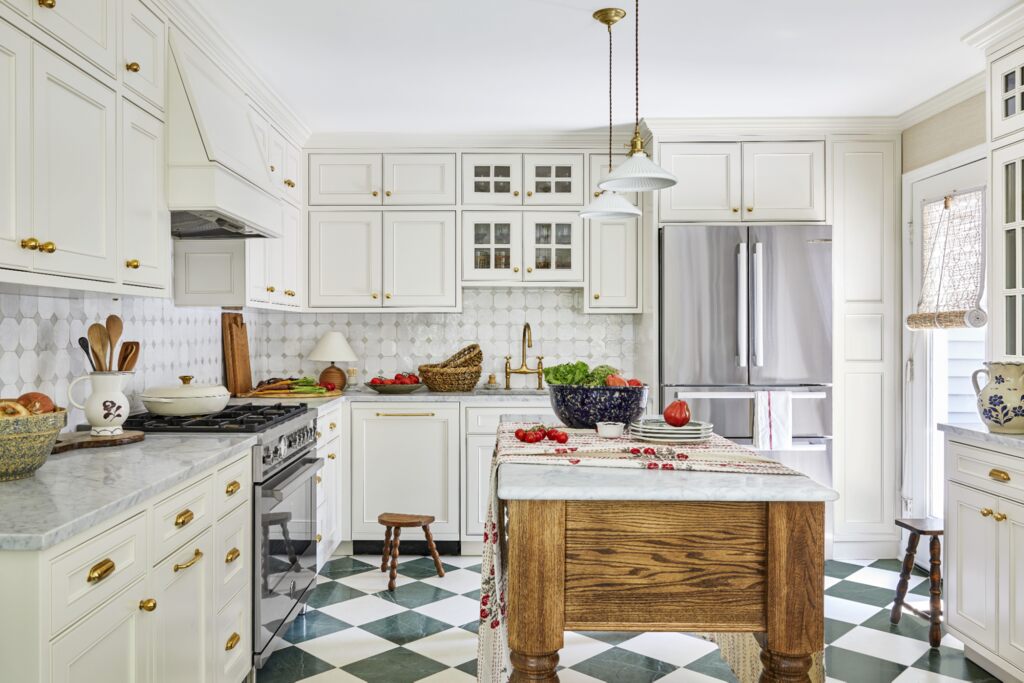
The kitchen is the heart of any home, where meals are prepared, conversations happen, and families gather.
A well-designed kitchen balances functionality with aesthetics, ensuring every element serves a purpose.
The layout—whether it’s a U-shape, L-shape, or an island design—should promote smooth workflow between the stove, sink, and refrigerator (the “kitchen work triangle”).
High-quality countertops, such as granite, quartz, or butcher block, provide durability and style, while ample cabinetry and pantry storage keep essentials organized.
A large kitchen island serves as a focal point, offering additional counter space, seating, and storage.
5. Dining Room
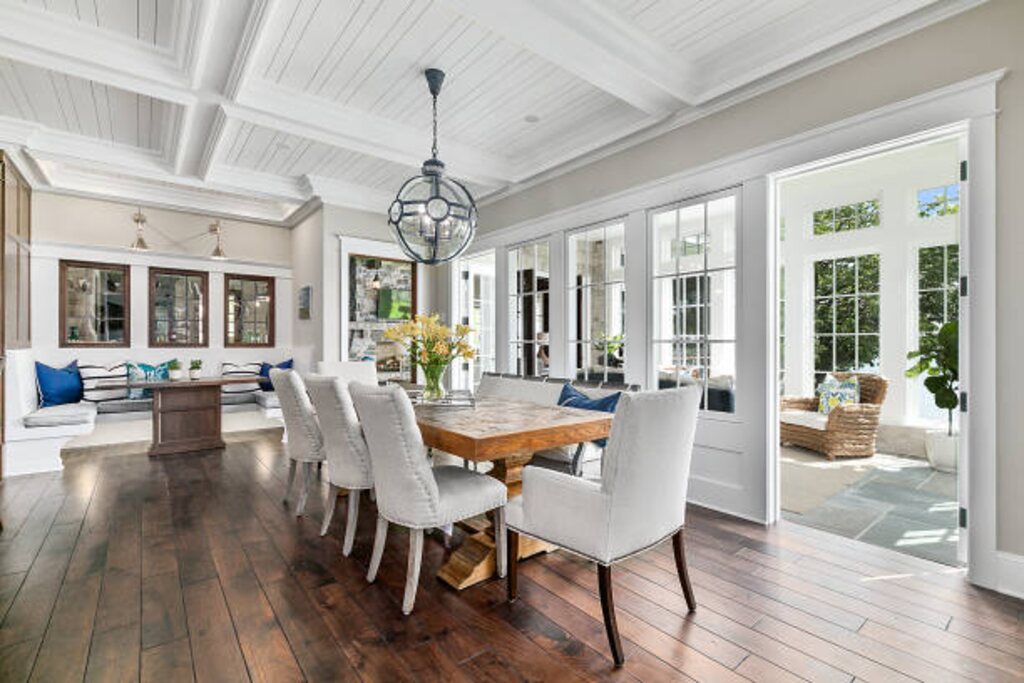
A well-designed dining room sets the stage for memorable meals and conversations.
Whether you have a formal dining space or a cozy eat-in area, the key is to create a warm and welcoming ambiance.
A solid dining table that accommodates your household and guests is essential, whether it’s a rustic farmhouse style or a sleek modern design.
Surround it with comfortable chairs that encourage long, enjoyable meals.
A chandelier or pendant light fixture serves as both functional and decorative, setting the right mood.
A well-set dining table, complete with candles and seasonal centerpieces, makes every meal feel special.
6. Bedroom
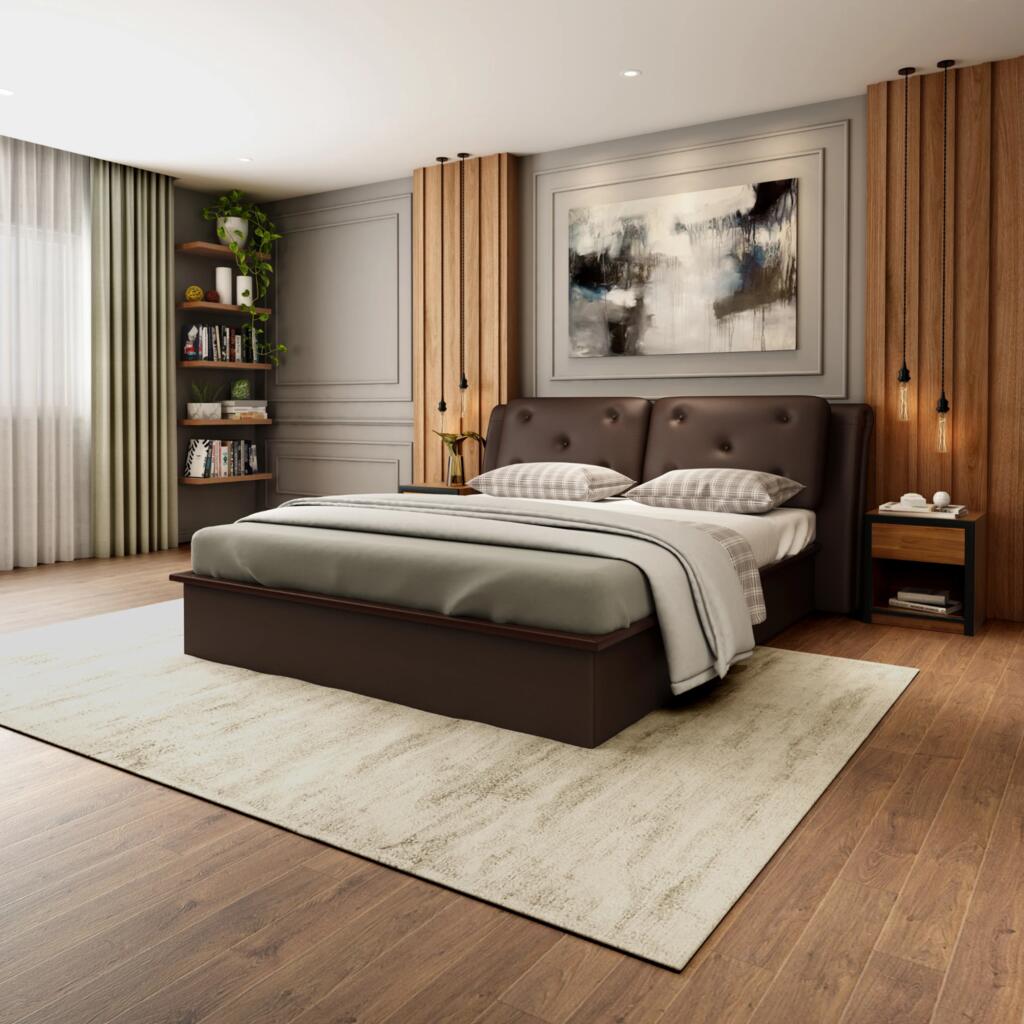
Your bedroom is your retreat, a place to unwind and recharge after a long day.
The key to designing a relaxing bedroom is comfort, functionality, and a soothing ambiance.
Start with a high-quality mattress and soft bedding, as these directly impact your sleep quality.
A headboard can add a touch of elegance, while a mix of plush pillows and throws enhances comfort.
Nightstands on either side of the bed provide convenient storage for nighttime essentials, and bedside lamps or wall sconces create soft lighting perfect for reading.
To make the space feel serene, choose a neutral or muted color palette with calming tones like soft blues, grays, or earthy hues.
7. Bathroom
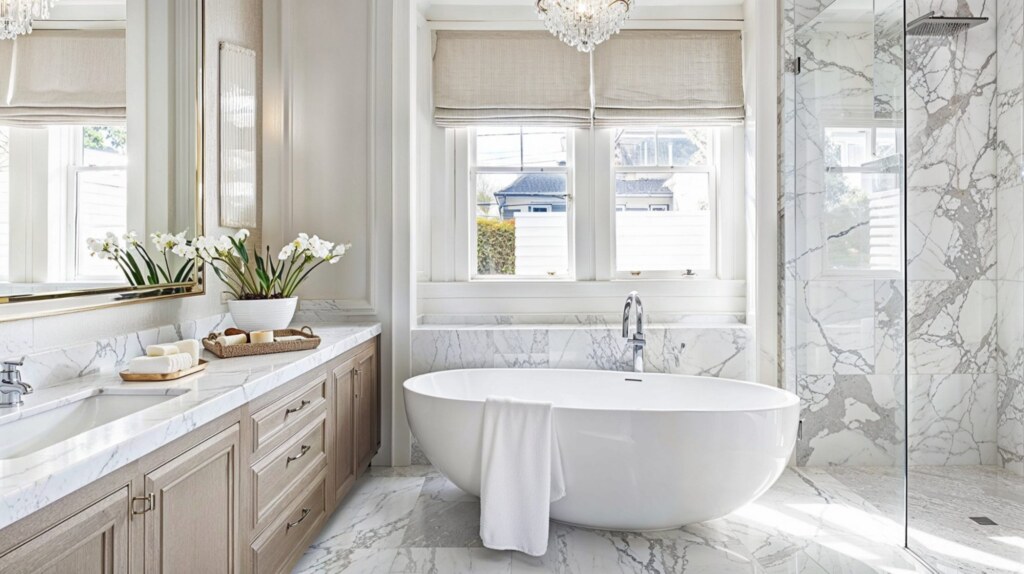
A well-designed bathroom should be both practical and a place of relaxation.
Whether it’s a master ensuite, a guest bath, or a powder room, every element should enhance comfort and convenience.
A vanity with ample storage keeps toiletries organized, while a mirror with good lighting ensures you’re ready for the day ahead.
Consider double sinks in larger bathrooms for shared use and efficiency.
Walk-in showers with glass doors create a modern, spacious feel, while a freestanding bathtub adds a spa-like touch.
High-quality tiles, moisture-resistant paint, and ventilation prevent mold and ensure longevity. Open shelving or wall-mounted cabinets offer extra storage for towels and essentials.
8. Home Office
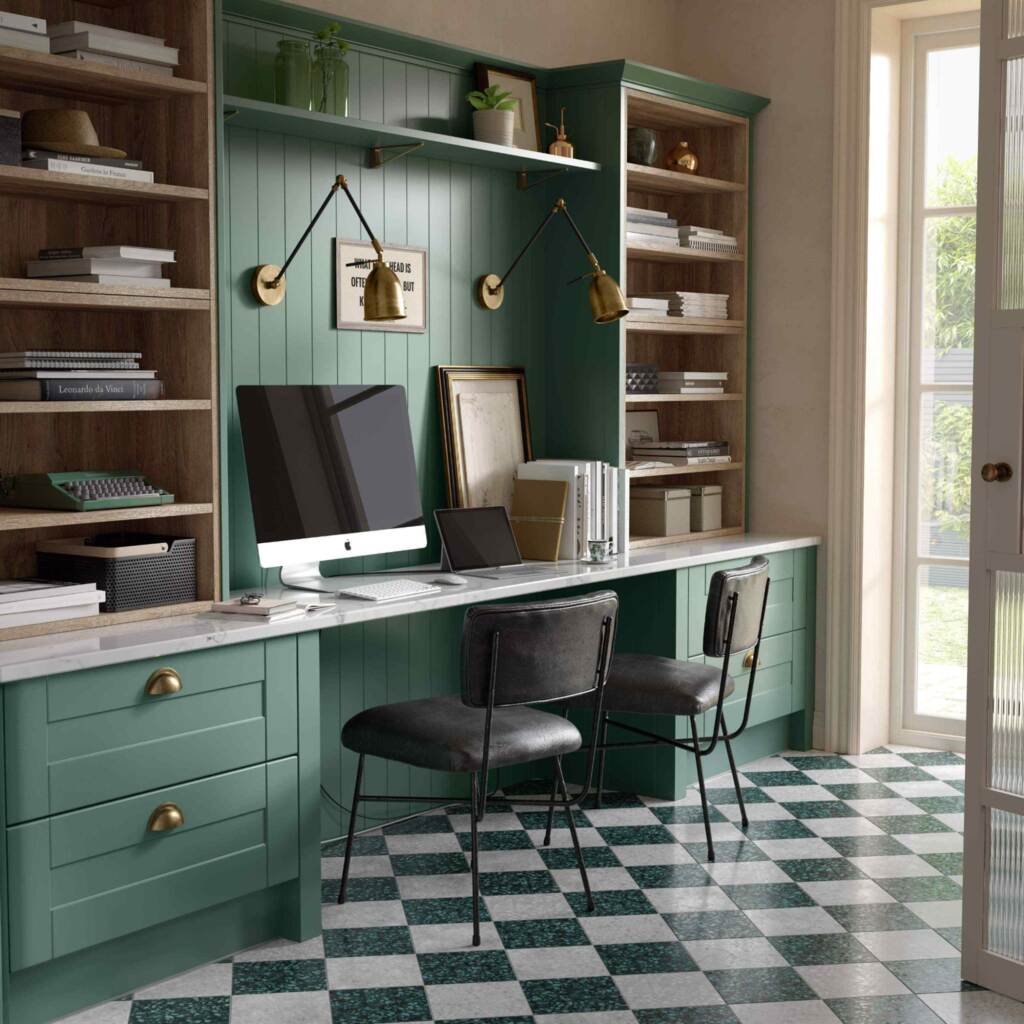
With remote work becoming more common, a dedicated home office is essential for productivity and focus.
The ideal office should have a sturdy desk, an ergonomic chair, and plenty of storage to keep the space clutter-free.
Natural light is crucial, so position your desk near a window if possible, complemented by task lighting like a desk lamp.
Floating shelves or built-in bookcases help organize books, files, and decorative items.
A bulletin board or whiteboard can keep track of schedules and ideas. Choose a calming yet motivating color palette—soft greens, blues, or neutral tones work well.
If space is tight, consider a fold-down desk or wall-mounted workstation.
9. Walk-In Closet
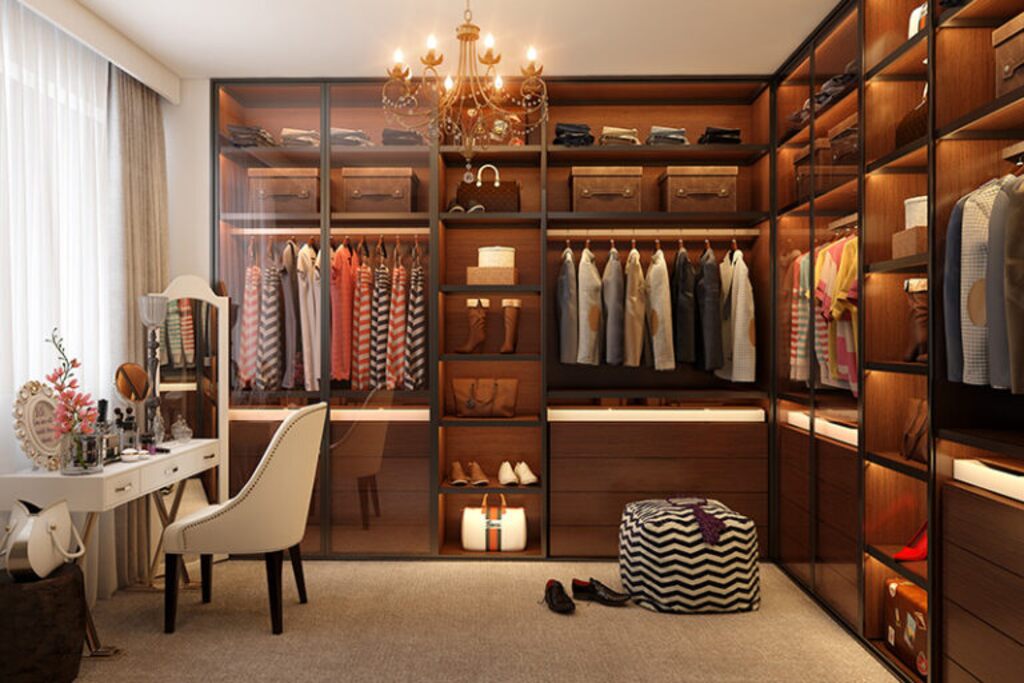
A walk-in closet is more than just a storage space—it’s a luxurious extension of your bedroom where organization meets style.
A well-designed closet includes a combination of hanging rods, shelves, and drawers to keep clothes, shoes, and accessories neatly arranged.
LED lighting or built-in spotlights help illuminate the space, making it easier to find what you need.
A full-length mirror is essential for outfit checks, while a center island or bench provides extra storage and seating.
Organize by category and season to maximize space, and use clear bins or labeled boxes for smaller items like jewelry, scarves, or handbags.
Adding a vanity or a dressing area can elevate the space, making your morning routine more seamless.
10. Laundry Room
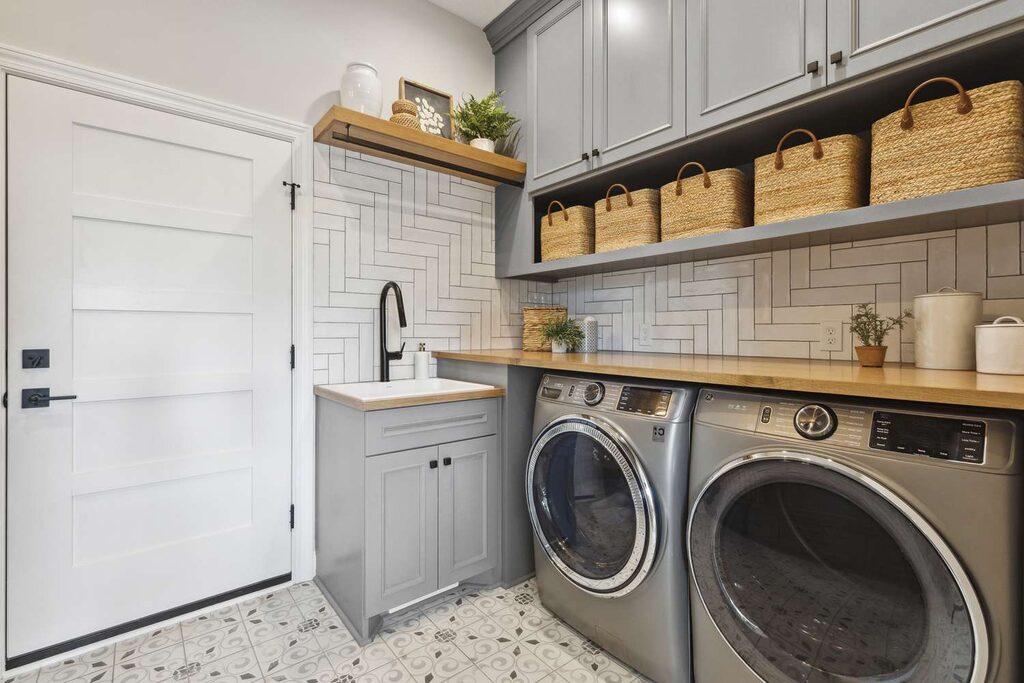
A well-organized laundry room makes household chores more efficient and less of a hassle.
Whether spacious or compact, a functional layout should include a washer, dryer, and ample storage for detergents, fabric softeners, and cleaning supplies.
Wall-mounted shelves or cabinets help maximize vertical space, while a folding station or counter space makes sorting clothes easier.
A utility sink is useful for handwashing delicate fabrics, and a hanging rod or drying rack prevents wrinkles in air-dried garments.
Keep the space bright and fresh with light colors, good lighting, and proper ventilation.
If space allows, adding a mudroom section with hooks and baskets can help manage shoes, coats, and pet accessories.
11. Mudroom

A mudroom is one of the most functional spaces in a home, acting as a buffer zone between the outdoors and the main living areas.
It is designed to keep dirt, clutter, and wet shoes from spreading throughout the house, making it an essential addition to homes in areas with varying weather conditions.
The best mudrooms incorporate built-in cubbies, hooks, and benches to organize coats, bags, and shoes efficiently.
A sturdy bench or seating area makes it easy to put on or remove footwear, while overhead storage cabinets or shelves help store seasonal accessories like hats, gloves, and scarves.
Flooring in a mudroom should be durable, waterproof, and easy to clean—tile, stone, or vinyl work well since they can handle moisture and dirt.
12. Sunroom
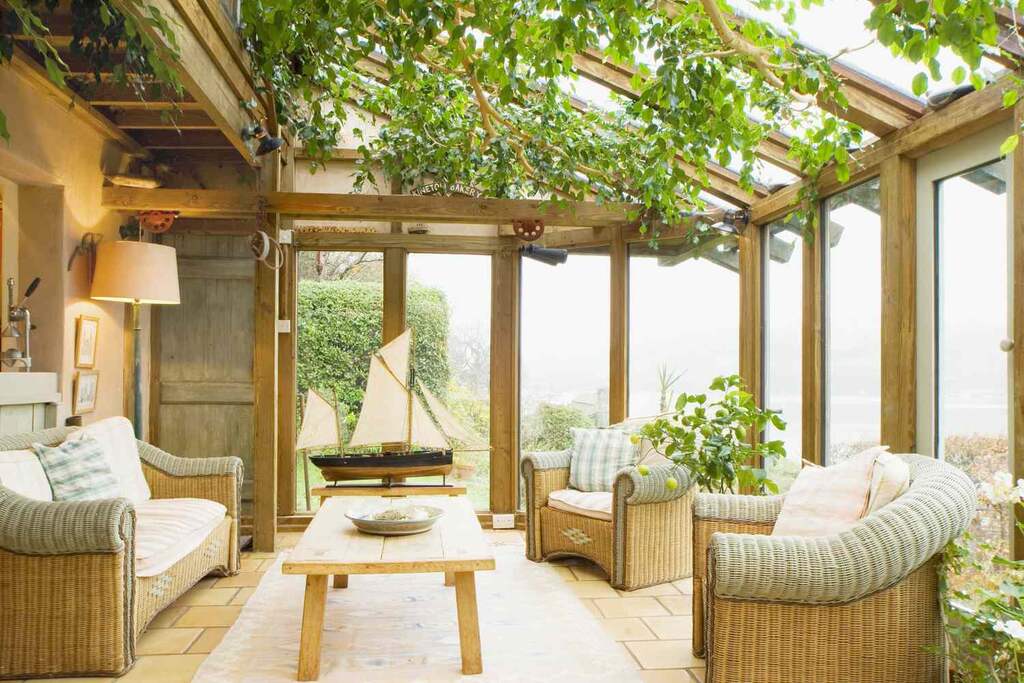
A sunroom is a bright, inviting space that serves as a bridge between the indoors and the outdoors, allowing you to enjoy natural light and scenic views without dealing with harsh weather conditions.
The best sunrooms feature floor-to-ceiling windows, skylights, or glass walls, ensuring maximum sunlight exposure.
This space can function as a second living room, a cozy breakfast nook, or even a home office, depending on your needs.
Comfortable seating is key—consider rattan or wicker furniture with plush cushions to enhance the airy, relaxed feel.
A glass coffee table or a set of side tables provides a spot for books, plants, or beverages.
Light, breezy curtains or sheer drapes can help control brightness while maintaining the room’s open, airy feel.
13. Pantry

A pantry is the secret to an organized, efficient kitchen, providing extra storage for food, cooking supplies, and small appliances.
Whether it’s a walk-in pantry, a butler’s pantry, or a compact cabinet pantry, the key is smart organization.
Adjustable shelves, pull-out drawers, and labeled containers help keep everything easily accessible.
Using clear glass jars or airtight containers for dry goods like rice, pasta, and flour prevents pests and keeps ingredients fresh.
Wire baskets or stackable bins can store snacks, canned goods, and spices in a tidy manner.
Some homeowners even add a chalkboard or whiteboard for grocery lists, meal planning, or expiration reminders.
14. Basement
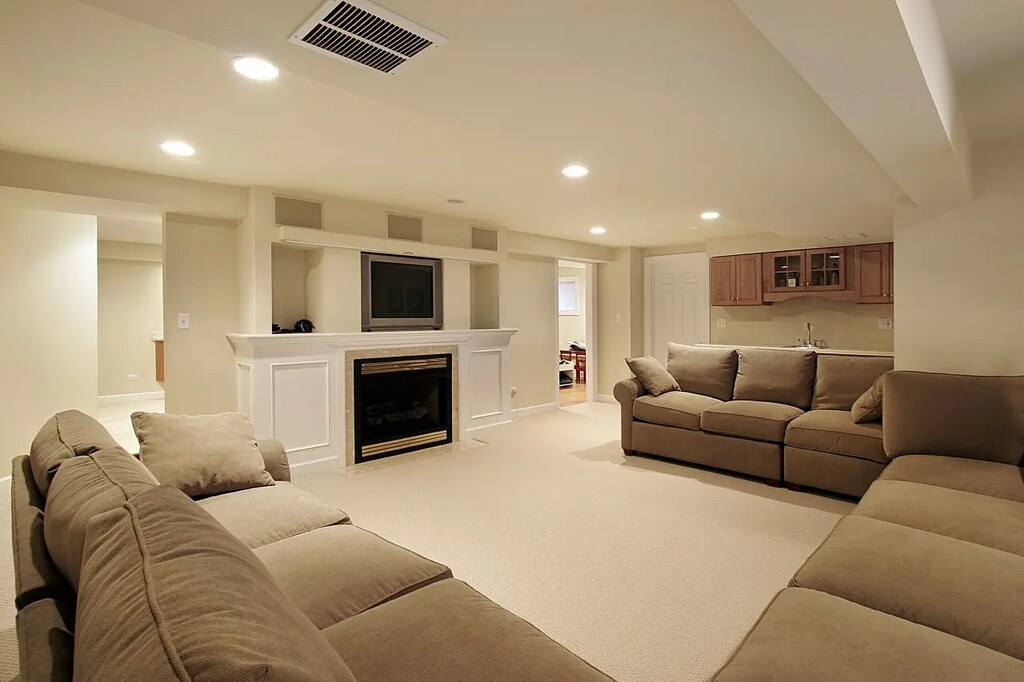
A basement is a versatile space that can be transformed to suit various needs, from extra storage to an entertainment hub, home gym, or guest suite.
However, since basements are often prone to moisture and poor ventilation, waterproofing and proper insulation are essential.
If you’re using it as a living space, recessed lighting or floor lamps can brighten up the typically dim environment.
A finished basement can include a home theater with a projector and sound system, a game room with a pool table or arcade games, or even a bar area for entertaining guests.
For families, a basement can serve as a playroom, craft area, or homeschooling space with built-in storage for toys and supplies.
15. Attic

An attic is often an underutilized space, but with thoughtful design, it can become a cozy bedroom, a quiet home office, or a creative studio.
Due to its sloped ceilings and unique layout, an attic benefits from built-in storage solutions like custom shelving, under-eave drawers, and wall-mounted racks.
Proper insulation, ventilation, and moisture control are key to making the space comfortable year-round.
Skylights or dormer windows bring in natural light, preventing the attic from feeling dark or cramped.
If used as a bedroom, a low-profile bed, soft rugs, and warm lighting can make the space feel inviting.
For a home office or creative space, consider floating desks, pegboards for organizing supplies, and comfortable seating.
16. Guest Room
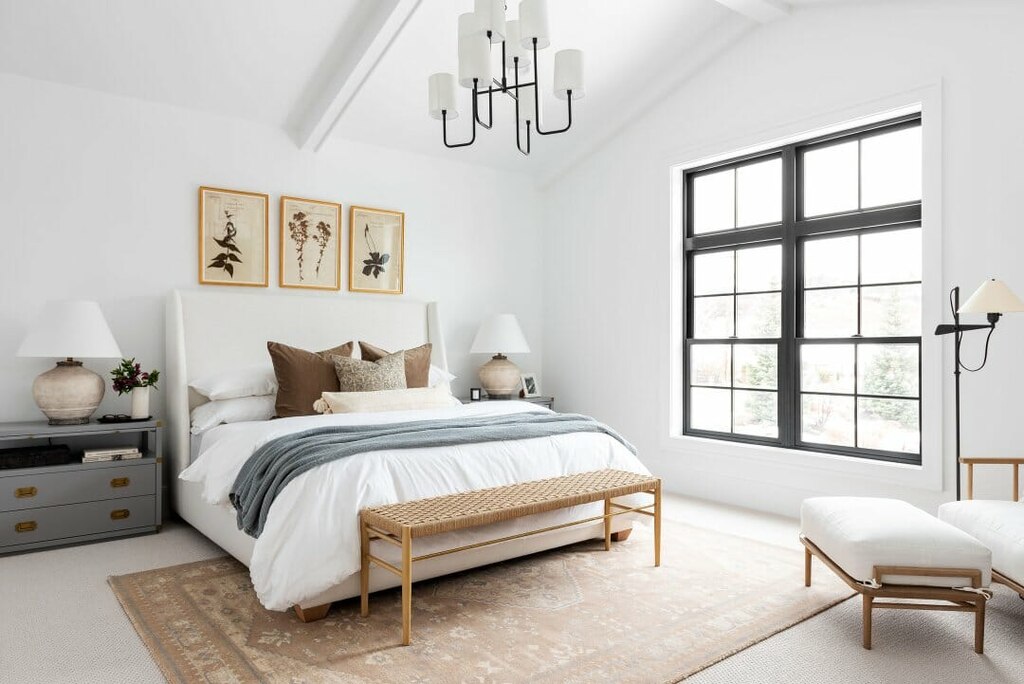
A guest room should be a warm, inviting retreat that makes visitors feel at home.
The key to creating a comfortable space is a well-made bed with plush pillows, crisp linens, and a cozy throw blanket.
Since guests may have different needs, providing both firm and soft pillows ensures they get a good night’s sleep.
A nightstand with a reading lamp, an alarm clock, and a charging station adds convenience.
If space allows, including a small dresser, luggage rack, or even a closet with hangers lets guests unpack and settle in.
Thoughtful touches like extra towels, toiletries, a full-length mirror, and blackout curtains enhance their stay.
A guest room should also offer some flexibility—it can double as a home office or reading nook when not in use.
17. Game Room / Entertainment Room
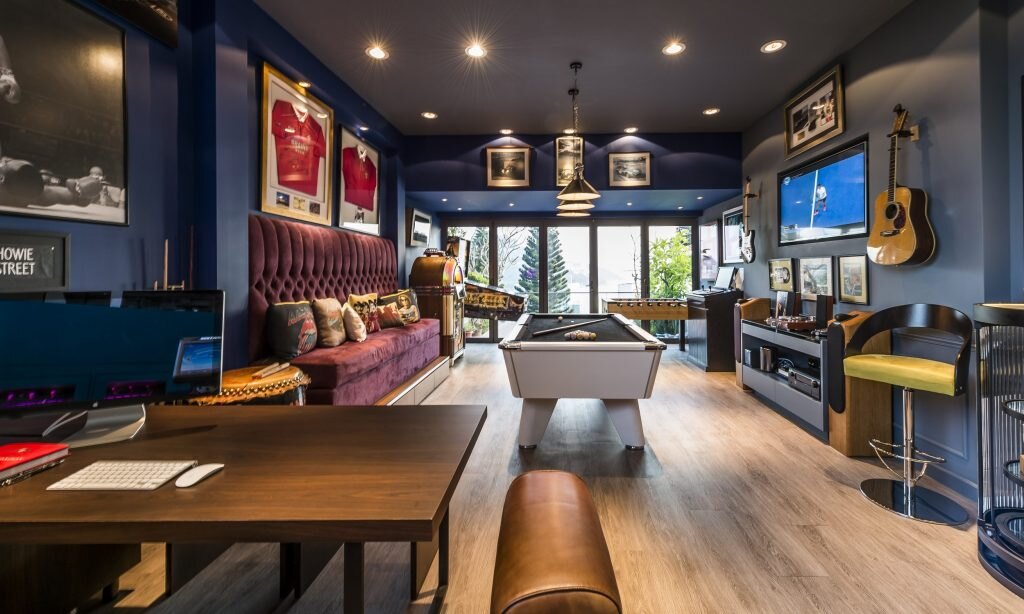
A game room is a fun-filled escape where family and friends can unwind, play games, and enjoy entertainment.
Whether it’s a space for video games, board games, or a full home theater setup, a game room should be designed for comfort and excitement.
A large sectional sofa, bean bags, or reclining chairs provide plenty of seating for long gaming or movie nights.
A big-screen TV or projector with a surround sound system enhances the immersive experience.
For traditional gaming, a pool table, dartboard, foosball table, or poker set adds variety.
If the space is meant for video gaming, gaming chairs, LED lighting, and a high-performance console setup are must-haves.
18. Gym / Workout Room
A home gym is the perfect place for staying fit and active without the hassle of commuting to a fitness center.
The ideal gym setup depends on your workout preferences, but a combination of cardio and strength-training equipment ensures versatility.
Essentials include rubber flooring or interlocking mats for cushioning, a large mirror for form correction, and proper ventilation to keep the air fresh.
A treadmill, stationary bike, or rowing machine provides cardio options, while dumbbells, kettlebells, and resistance bands help with strength training.
Wall-mounted storage racks keep weights and yoga mats organized, while a hydration station with a water dispenser and towels adds convenience.
19. Reading Nook / Library
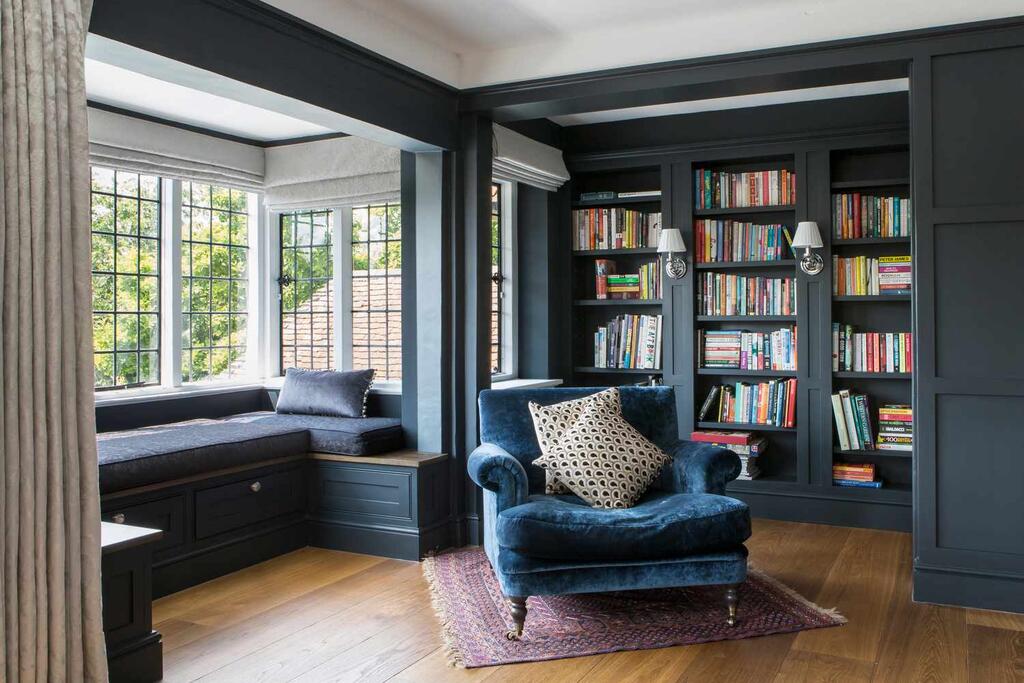
A reading nook or home library is a peaceful sanctuary where you can escape into the world of books.
Whether it’s a small cozy corner or an entire room, creating the perfect reading space requires a blend of comfort, organization, and ambiance.
A built-in bookshelf or floating shelves keeps books neatly displayed and easily accessible.
The seating should be plush and inviting—consider a comfy armchair, a cushioned window seat, or a daybed with soft throw pillows.
Lighting is crucial for reading; a floor lamp, wall sconces, or an adjustable reading light prevents eye strain.
Adding a side table for coffee or tea, a warm blanket, and a soft area rug enhances the cozy atmosphere.
20. Nursery / Kids’ Playroom

A nursery or kids’ playroom should be a safe, functional, and fun space that grows with the child.
For a nursery, soft, calming colors like pastels, neutrals, or gentle earth tones create a peaceful sleeping environment.
The essentials include a crib, changing table, dresser, and a comfortable rocking chair or glider for late-night feedings.
Soft lighting, blackout curtains, and a white noise machine help promote restful sleep.
Storage solutions like woven baskets, labeled bins, and open shelving make it easy to organize baby essentials.
A playroom, on the other hand, should be vibrant and engaging. Bright colors, interactive wall art, and a dedicated arts-and-crafts station encourage creativity.
Conclusion
Every room in a house serves a distinct purpose, contributing to both functionality and comfort. From the welcoming foyer to the cozy bedroom, the vibrant game room, and the practical laundry room, each space plays a role in shaping daily life. Whether it’s a kitchen filled with delicious aromas or a reading nook offering a quiet escape, a well-planned home balances style, efficiency, and personal needs. By designing each room thoughtfully, you create a home that not only meets your lifestyle but also enhances your everyday experiences.
FAQs
What is the most important room in a house?
The most important room depends on your lifestyle, but commonly, the kitchen is considered the heart of the home, where meals and memories are made.
How can I make small rooms feel more spacious?
Use light colors, mirrors, multi-functional furniture, and smart storage solutions to create an open and airy feel in smaller rooms.
What’s the difference between a living room and a family room?
A living room is usually a more formal space for guests, while a family room is a casual area for everyday relaxation and entertainment.
How do I choose the right room layout for my home?
Consider your needs, lifestyle, and available space, ensuring high-traffic areas remain open while balancing functionality and aesthetics.
Can one room serve multiple purposes?
Absolutely! A guest room can double as a home office, a basement can serve as a gym and entertainment space, and a reading nook can be part of a bedroom or living area.

